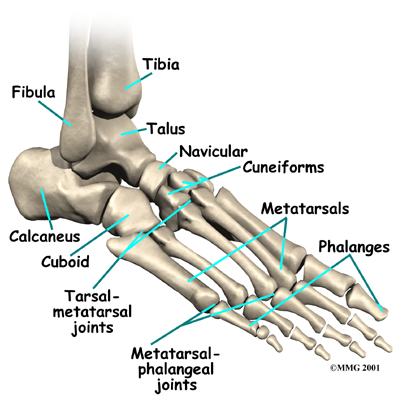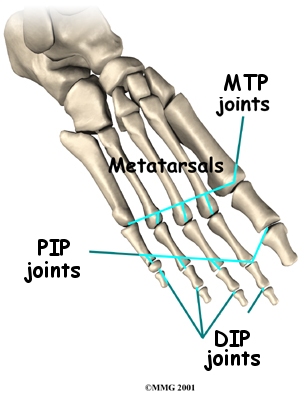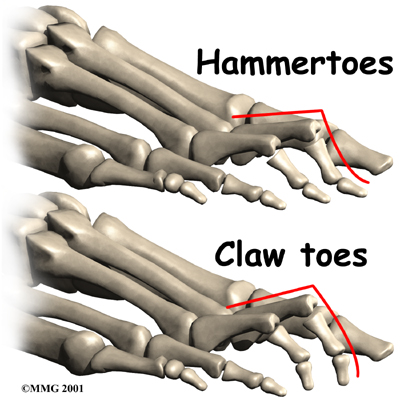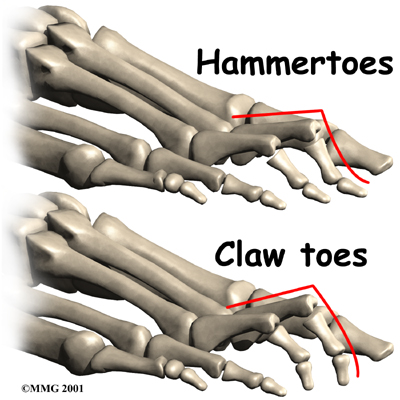What should I expect for rehabilitation after surgery?
You should begin physiotherapy at Emerald Hills Physio & Sports Clinic as soon as your surgeon allows it. Often it is advised to begin therapy as soon as the stitches are removed.
If you are still using crutches at the time of your first appointment at Emerald Hills Physio & Sports Clinic your physiotherapist will ensure that you are using your crutches well on both level ground as well as on stairs. The length of time that you will require crutches will be different for each patient but it is advisable to use your crutches or even one crutch or a stick/cane until you can walk virtually without any limp at all. Limping can lead to a host of other pains in your knee, hip or back therefore it is wise to continue to use a walking aid until your physiotherapist advises you that you are walking well enough to go without.
The specific physiotherapy treatment you receive at Emerald Hills Physio & Sports Clinic will depend on exactly what surgical intervention has been done with your toe. If you have ongoing pain from the surgical procedure, your therapist may use modalities such as electrical current, ultrasound, ice or moist heat to reduce the pain. They may also use gentle massage on your foot and calf as well as light mobilizations or traction to the joints of the toe and foot to assist with pain and any ongoing swelling in addition to improving mobility of the foot.
Both the range of motion and strength in your foot, and likely your entire low limb will be decreased due to the surgical procedure, your altered gait pattern from pre-surgical pain, as well as from using crutches and a special shoe. Your physiotherapist will prescribe some stretching exercises for your toe, foot and calf, as well as some strengthening exercises for the same areas. The goal of the stretches will be to return your toe and foot to normal position (or as close to it as possible), and to stretch out any muscles that may be adversely pulling on the foot and toe, causing unnecessary strain. Strengthening exercises for the foot are aimed at improving any muscle imbalances that exist in the small muscles of the foot as well as strengthening the arch of the foot to maintain proper foot alignment. These exercises may be as simple as scrunching a towel with your toes, pressing your toes flat into the floor, or may include the use of exercise bands to add resistance. Since the alignment of the foot is maintained by not only the muscles of the foot, but also those of the hip, knee, and core area, your therapist will also assess your overall lower limb alignment and prescribe strengthening exercises for any areas that require it. Maintaining proper alignment is particularly important to avoid future problems with the foot and surgical toe.
As you get stronger your physiotherapist will prescribe more difficult exercises to improve your muscle endurance such as standing on your foot on an uneven surface, repetitively raising up onto your toes, and maintaining the position where you are up onto your toes for an extended period. These exercises will also improve your foot’s proprioception, which is the ability to know where you foot is without looking at it.
The final part of our treatment at Emerald Hills Physio & Sports Clinic will be to ensure that you are walking with a proper gait. Being that each person take thousands of steps per day, if you are walking inefficiently or with poor alignment, it can quickly and easily lead to further pain and problems in your foot or up into your ankle, knee, or hip. A period on crutches or in a special shoe in itself often leads to a poor walking pattern that carries on once you are off the crutches or out of the shoe. Your physiotherapist will address any abnormal walking pattern and teach you how to correct it. The strengthening exercises that we prescribe (discussed above) will be important to gain enough strength and control to walk normally after your surgery.
Once your foot is mobile and strong enough, we will encourage you to partake in longer periods of walking to build up further endurance. We will also ask you to incorporate periods of uphill walking which helps to both improve the range of motion in your toes and also increase the strength of the foot. Any pain during activity, particularly during endurance type activities should be heeded, as it is a sign of doing too much.
In addition to ensuring you are walking well, your therapist will discuss footwear with you. As mentioned above, you will wear a special shoe for 2-4 weeks post-surgically, which protects the toe and restricts the bending of it. After this you will gradually be able to return to normal footwear. Your therapist will thoroughly discuss which shoes are best for you to wear to avoid foot pain in the future. As mentioned above, improper footwear is one of the biggest causes leading to hammer and claw toes therefore advice around footwear should be heeded. Shoes with soft soles, as well as wide and deep toe boxes will be recommended. For women, the use of high heels should be limited.
At Emerald Hills Physio & Sports Clinic we believe that it is important for you to maintain your cardiovascular fitness while you are recovering from the surgery for your toe. Although extended endurance walking or jogging will not be recommended until you are well into your recovery, in the early stages you can still use a stationary cycle, a rowing machine, or can get in the pool once the scar is healed to partake in water running or aerobics. Your therapist can advise you on an appropriate cardiovascular program for your needs.
Generally recovery from surgery for a hammer or claw toe goes extremely well. If however, you are not improving as your physiotherapist at Emerald Hills Physio & Sports Clinic would expect, we will ask you to follow up with your surgeon to confirm that there are no complications from the surgery or problems in your foot that are impeding your recovery.
Portions of this document copyright MMG, LLC
Emerald Hills Physio & Sports Clinic provides services for physiotherapy in Sherwood Park.
 Claw toe and hammer toe conditions are fairly common in cultures that wear shoes. In most cases, these problems can be traced directly to ill-fitting shoes.
Claw toe and hammer toe conditions are fairly common in cultures that wear shoes. In most cases, these problems can be traced directly to ill-fitting shoes.
 The forefoot and toes are made up of several bones. Each of the four smaller toes starts with a metatarsal bone within the forefoot. Moving down the foot from the metatarsal bone are three smaller bones, called phalanges (the big toe only has two.) The first of these small bones is called the proximal phalanx. Next comes the middle phalanx, and last is the distal phalanx. Proximal means closer, distal means further away.
The forefoot and toes are made up of several bones. Each of the four smaller toes starts with a metatarsal bone within the forefoot. Moving down the foot from the metatarsal bone are three smaller bones, called phalanges (the big toe only has two.) The first of these small bones is called the proximal phalanx. Next comes the middle phalanx, and last is the distal phalanx. Proximal means closer, distal means further away. 

